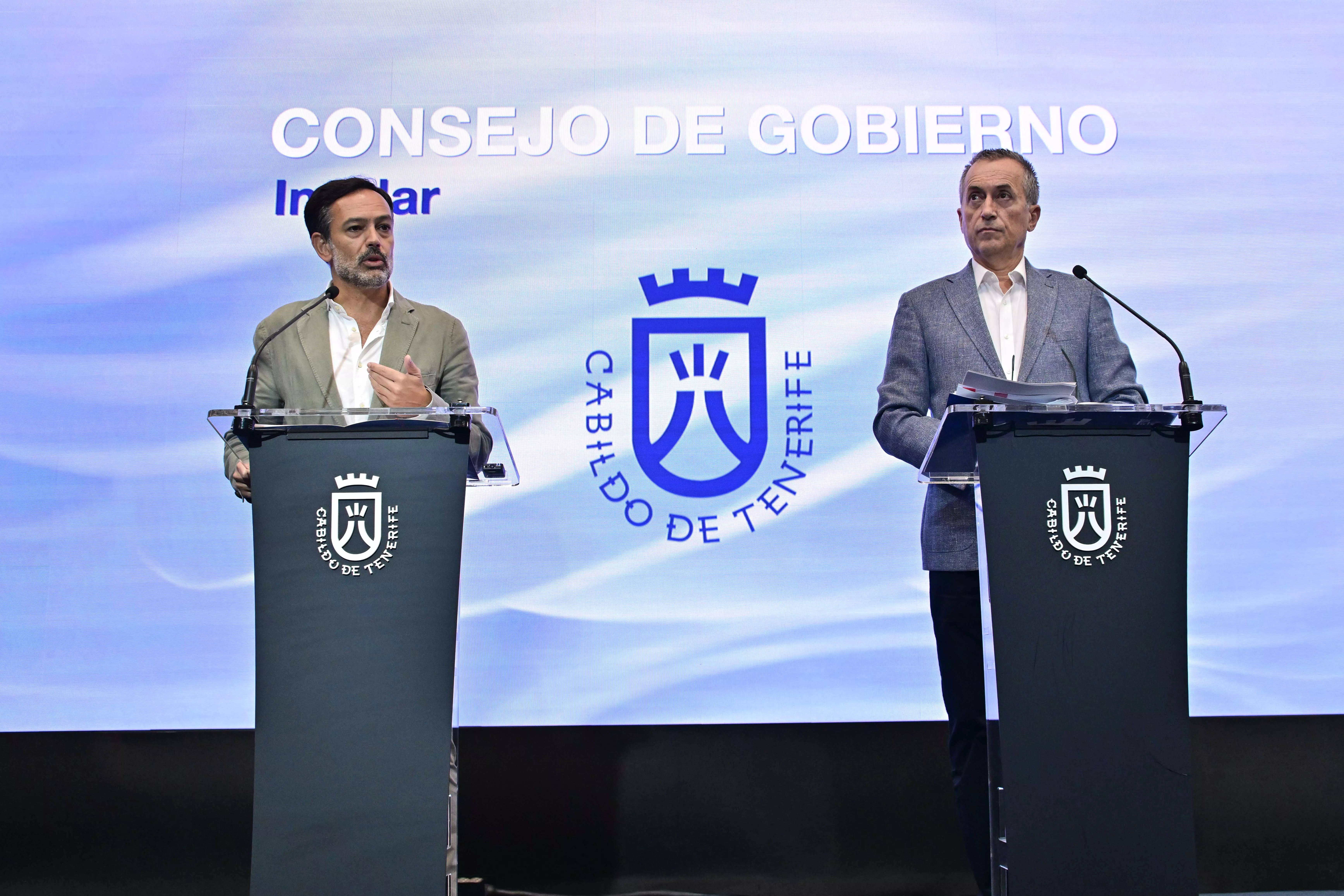
The Museum of Nature and Archeology of Tenerife will study the existing archaeological remains in La Laguna, which includes chronological and stable isotope analysis, 3D photogrammetry, characterization of ceramic pastes and drone explorations in ravines, the coast and other points of the municipality for the High resolution digital data capture.
The project Bioarchaeological and ecological study of the municipality of San Cristóbal de La Laguna seeks to “expand or complete the documentation of the different domestic or funerary enclaves of Tenerife, as well as their contextualization with respect to their ecological niches”, since the origin of the Museum’s heritage collections “parts from old collections created without contemplating any scientific criteria” , explains the City Council.
The mayor of La Laguna, Luis Yeray Gutiérrez, and the councilor of the Tenerife Cabildo and president of the Autonomous Organization of Museums and Centers of Tenerife (OAMC), Concepción Rivero, have signed an agreement with this objective, which will have an item of 18,349 euros to fund research.
The mayor stressed that the aim is to value and protect the archaeological sites of La Laguna, which includes “the rich Guanche legacy of the municipality that, for years, has remained in the background, as is the case of the necropolis of El Calf”.
“Our purpose is to place it in the place it deserves and that we can learn in more detail about the way of life of the aboriginal population and its characteristics, through various actions in which we have been working, such as the El Becerril Archaeological Interpretation Center and the new study commissioned to MUNA, a benchmark at an international level”, continued Luis Yeray Gutiérrez.
For her part, the Island Councilor for Museums has indicated that the signing of this agreement will allow knowing and unraveling new details of the municipality’s heritage with important pieces that the Muna already had.
“The research that will be carried out will allow us to expand or complete the documentation that we have on the different domestic or funerary enclaves of Tenerife, as well as their contextualization with respect to their ecological niches,” added Concepción Rivero.
















